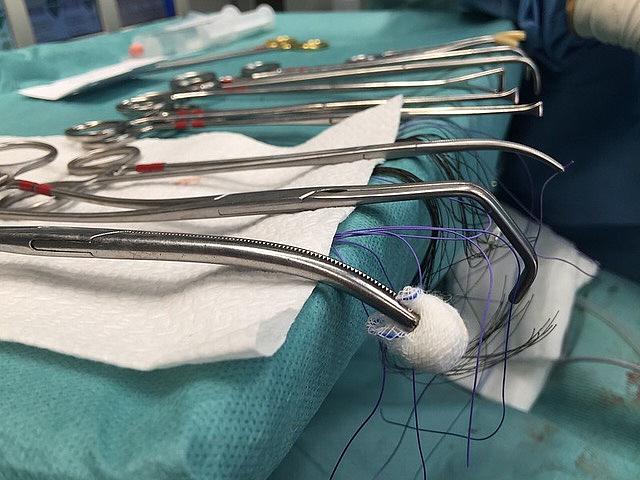Why we should treat sepsis like the solvable health problem it is
Preventable and treatable.
That’s how the lead researcher in a recent study on sepsis described the condition. And yet, nearly 50 million people suffer from sepsis in any given year, and 11 million people died from it in the most recent year studied.
Let’s put that in perspective: One in five deaths worldwide were related in some way to sepsis.
Why is this such a maddening challenge, and why should reporters care?
Because sepsis is preventable and treatable.
A lot of the deaths that were part of the study were in kids in low-resource countries. But high-income countries, like the United States, have a sepsis problem, too. It’s what people often die of when they develop a hospital-acquired infection.
This scientific study made news because sepsis is killing more people — by a very significant margin — than the things the average person on the street would say are the biggest health threats. Cancer? All told, cancers take about 10 million lives around the world every year.
“We are alarmed to find sepsis deaths are much higher than previously estimated, especially as the condition is both preventable and treatable,” Dr. Mohsen Naghavi, the study’s senior author, told news outlets.
(Full disclosure: I work a few offices down the hall from Mohsen. He’s a professor at the Institute for Health Metrics and Evaluation at the University of Washington, and he’s one of the nicest guys I’ve ever met.)
So what is sepsis?
It’s what happens when your body is trying to fight an infection but, instead, starts to shut down the very systems the body needs to survive. It can permanently damage organs. It can lead to more surgeries that present their own inherent infection risk.
Here’s how the nonprofit Sepsis Alliance describes what leads to sepsis:
“Sepsis and septic shock can result from an infection anywhere in the body, such as pneumonia, influenza, or urinary tract infections. Worldwide, one-third of people who develop sepsis die. Many who do survive are left with life-changing effects, such as post-traumatic stress disorder (PTSD), chronic pain and fatigue, organ dysfunction (organs don’t work properly) and/or amputations. Often, if a health care system has high rates of sepsis, it’s a sign of a deeper problem. It’s a sign the system is not properly staffed or trained. It’s a sign basic checklists used to make sure that instruments aren’t contaminated are being overlooked.”
I wrote about hospitals once that had instrument sterilizers that simply were not getting the job done. The hospital didn’t want anyone to know because it didn’t want to have to replace the expensive pieces of equipment.
That’s a serious problem. An infection from a surgical tool that wasn’t fully cleaned can lead to sepsis.
In that case, I cultivated a hospital technician as a source. I had been tipped to a possible problem by a different hospital staff member. Then I tracked down the technician by simply going to the hospital and asking around. This was a person whose job it was to swab the surgical instruments after they were cleaned, put the cells from the swab in a growth culture and then look for pathogens that would grow in the culture if the tools had not been properly cleaned.
Pathogens were indeed appearing, and it was something he was worried about. But he was being told to just stay quiet about it.
One of the things that health care consultants like to do is present high-tech solutions or high-tech preventative measures. They often come with a sizeable price tag and can give hospital administrators the appearance of making a sound investment that benefits both patients and health care workers.
But sepsis is an age-old problem. And most of the solutions to preventing sepsis in hospitals are hard. The first rule is to wash your hands. And yet we all know how often that one is ignored. The second rule is to make sure that proper protocols are followed for things like catheters, IVs, and shunts. If you’d like a whole list of what not to do, you can see more information from the Sepsis Alliance here.
Sepsis is not an intractable problem. It’s not impossible to fix. And it’s not something that all hospitals struggle to control. It’s a known evil with root causes that are plain as day. Like all things with roots, though, if you nourish the problem instead, with benign neglect or worse, you can create a forest of problems that will not go away easily.


